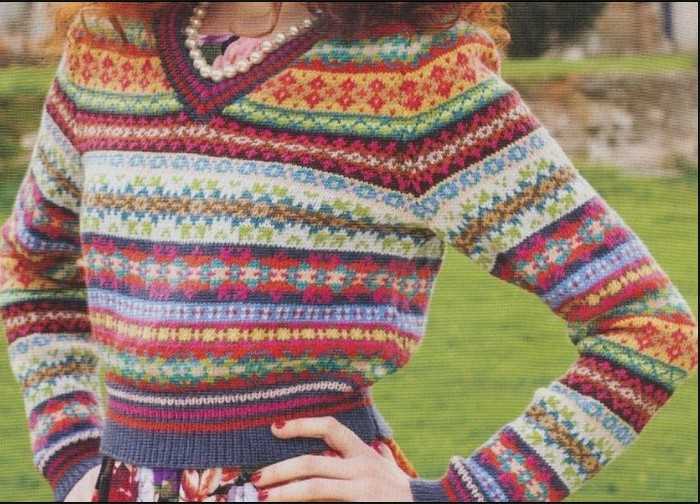
Do you love the traditional Fair Isle knitting technique? Are you looking for some new and exciting patterns to try? Look no further than Drops Fair Isle knitting patterns! Drops is a well-known brand in the knitting world, and they have a fantastic selection of Fair Isle patterns to suit every taste and skill level.
Fair Isle knitting is a style of knitting that originated in the Fair Isle, a small island in Scotland. It is characterized by its use of multiple colors and intricate patterns. The technique involves knitting with two or more colors in each row, creating beautiful, colorful designs. Drops Fair Isle knitting patterns range from simple and classic designs to more complex and modern creations.
Whether you are a beginner looking to try Fair Isle knitting for the first time or an experienced knitter looking for a new challenge, Drops has a pattern for you. Their patterns are well-written and easy to follow, ensuring that even beginners can achieve stunning results. If you are new to Fair Isle knitting, Drops’ patterns include helpful tips and techniques to guide you through the process.
What are fair isle knitting patterns?
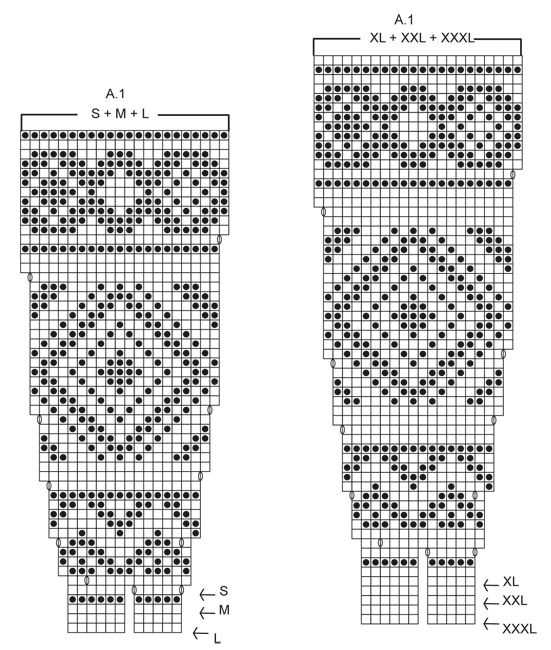
Fair isle knitting patterns, also known as stranded colorwork, are a traditional knitting technique that originated in Fair Isle, a small Scottish island. These patterns are characterized by the use of multiple colors in a single row or round of knitting. The colors are typically carried along the back of the work while knitting, creating a beautiful and intricate design.
Fair isle knitting patterns often feature geometric motifs, including stars, diamonds, and stripes. The colors are usually chosen to create contrast and visual interest, with one dominant color and several accent colors. This creates a stunning effect that can be used in a variety of knitting projects, from sweaters and hats to mittens and scarves.
In fair isle knitting, the colors are typically worked in a repeating pattern over a small number of stitches, known as a motif. The motifs are repeated throughout the project to create a cohesive design. The tension of the yarn is an important factor in fair isle knitting, as it affects the evenness of the stitches and the overall appearance of the pattern.
When knitting fair isle patterns, it is common to use circular knitting needles or double-pointed needles to accommodate the multiple colors and keep the work in a compact and manageable size. The technique requires some skill and concentration to maintain an even tension and avoid tangling or twisting the yarn.
Fair isle knitting patterns have a timeless appeal and can be adapted to suit a range of styles and aesthetics. Whether you’re a beginner or an experienced knitter, exploring fair isle knitting can open up a world of creativity and create stunning and unique pieces.
Tips for working with fair isle knitting patterns
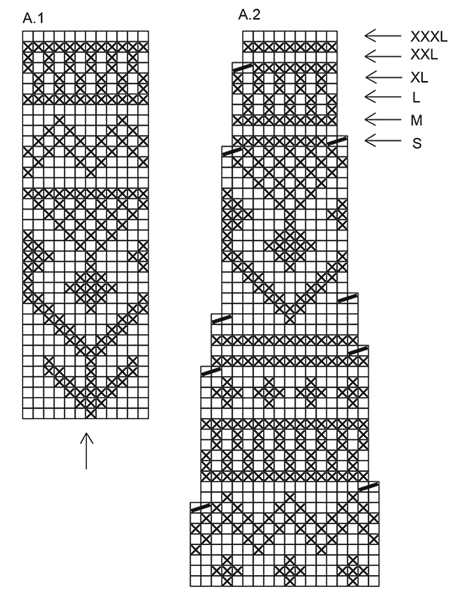
Working with fair isle knitting patterns can be a fun and rewarding experience, but it can also be a bit challenging, especially if you’re new to this technique. Fair isle knitting involves creating intricate and colorful designs using multiple strands of yarn at once. Here are some tips to help you navigate through the process and create beautiful fair isle projects:
1. Choose the right yarn
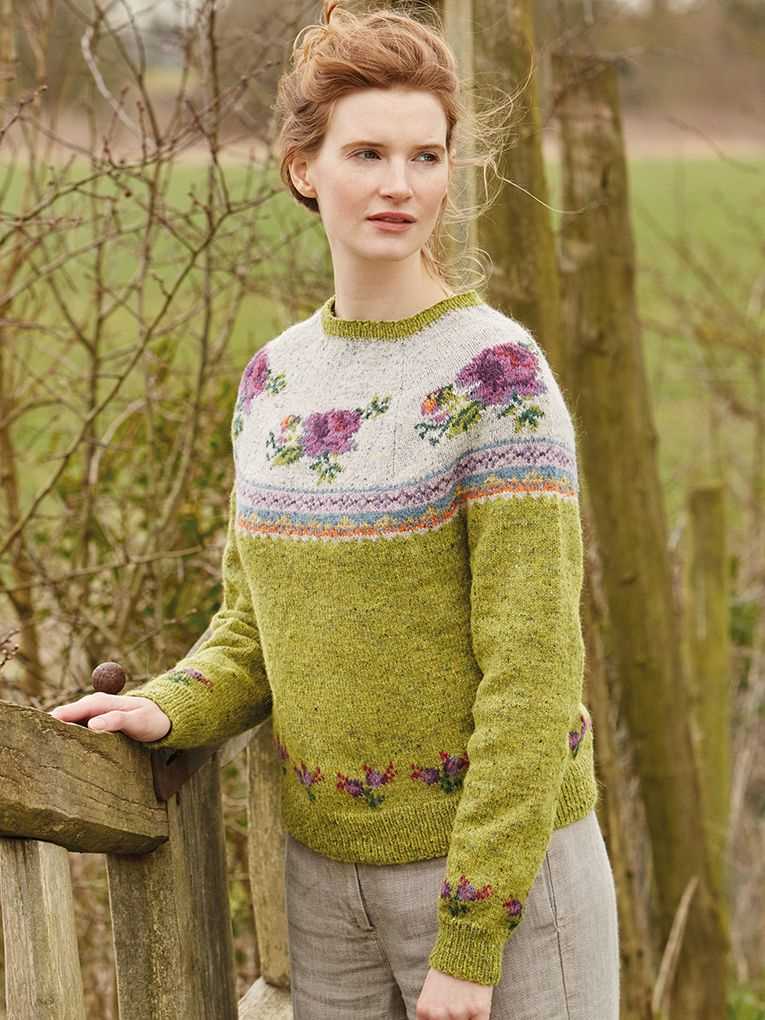
When working with fair isle patterns, it’s important to choose yarns that have a similar weight and fiber content. This will ensure that your strands knit up evenly and create a cohesive fabric. Using yarns with too much variation in weight or texture can result in an uneven and messy-looking design.
2. Keep an even tension
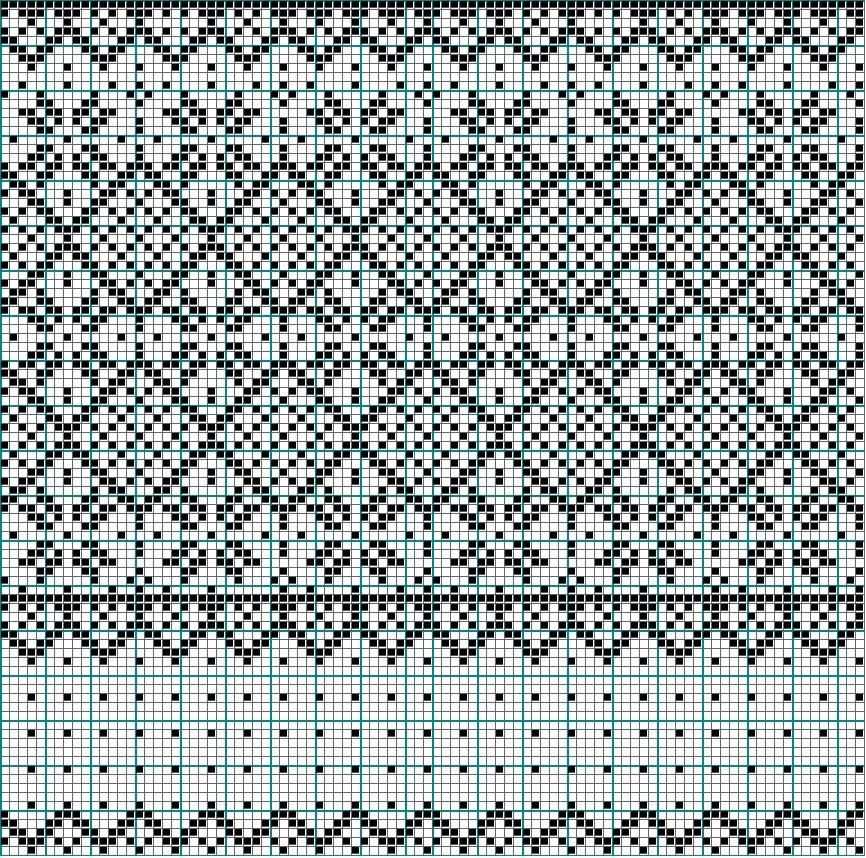
One of the key challenges in fair isle knitting is maintaining an even tension throughout your work. Uneven tension can lead to distorted or misshapen stitches, which can impact the overall appearance of your design. To help with this, try to keep your tension consistent by not pulling too tightly or too loosely on the strands as you knit.
3. Practice color dominance
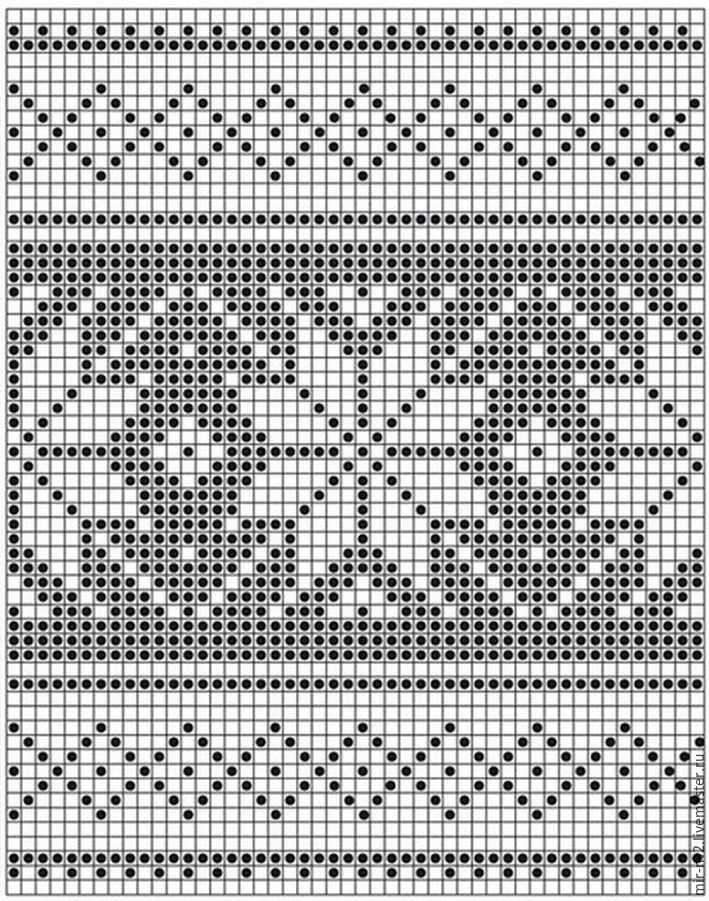
In fair isle knitting, color dominance refers to the visual prominence of one color over another. Different fair isle patterns may require different color dominance techniques, so it’s important to practice and familiarize yourself with this concept. Generally, the color that appears more frequently in a pattern will be the dominant color, with the other colors being used as accents.
4. Use stitch markers
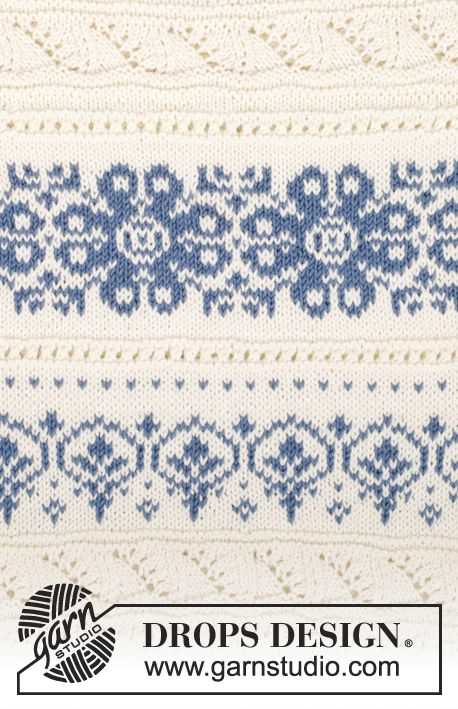
Stitch markers can be incredibly helpful when working with fair isle knitting patterns, especially if the design has a complex repeat or multiple stitch counts. Placing markers at the beginning and end of pattern repeats can help you keep track of where you are in the pattern and prevent mistakes.
5. Carry floats correctly
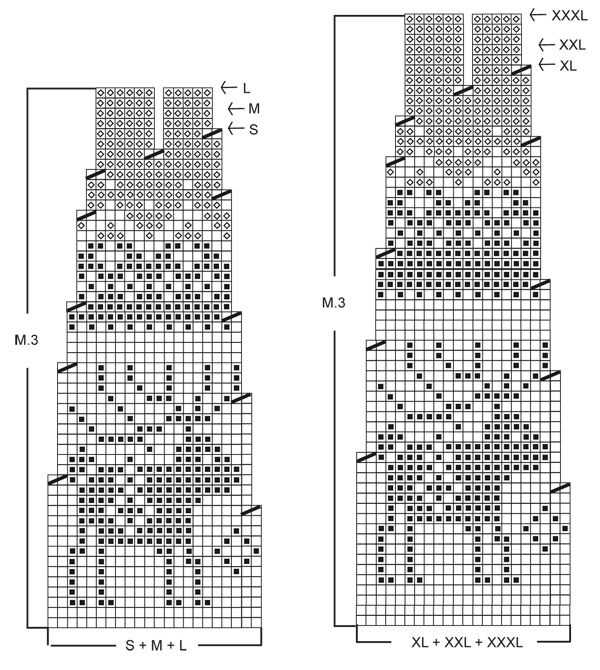
Floats are the strands of yarn that are carried across the back of your work when working with multiple colors. It’s important to carry these floats correctly to prevent them from becoming too loose or tight. Generally, floats should be carried no more than 5 stitches across, and you can use your right hand to help guide and tension the floats as you knit.
By following these tips and practicing regularly, you’ll become more comfortable and confident with fair isle knitting patterns. Don’t be afraid to experiment with different color combinations and designs to create your own unique fair isle masterpieces!
How to read fair isle knitting charts
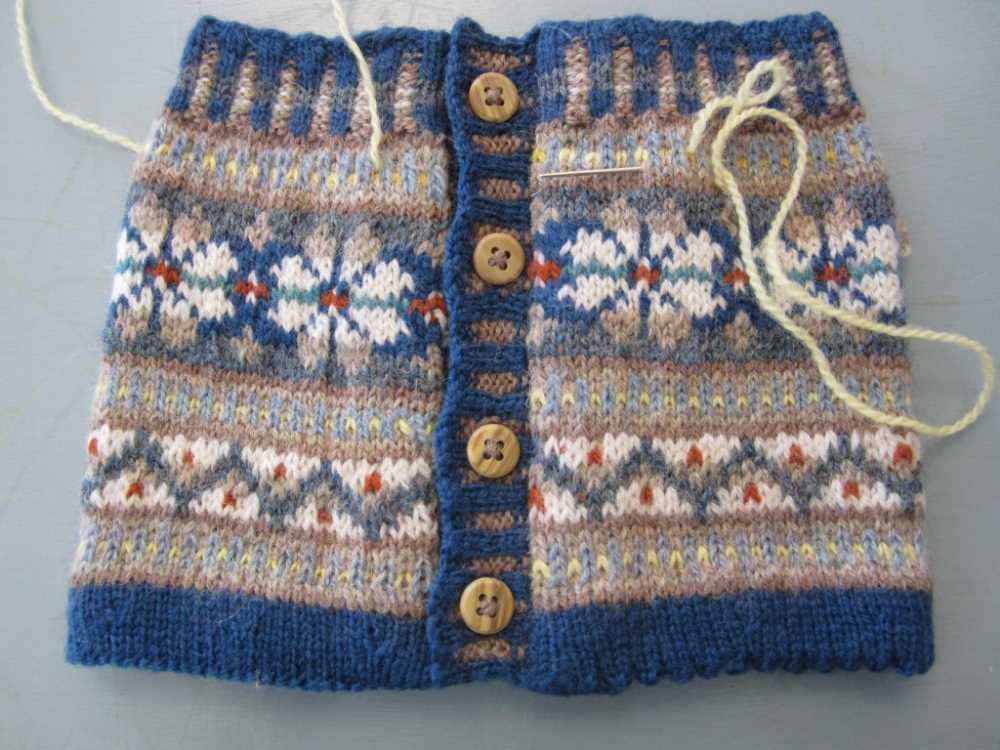
If you are new to fair isle knitting, reading the charts can seem intimidating at first. However, with a little practice, you will be able to understand and follow the patterns easily. Here are some tips to help you read fair isle knitting charts:
- Start from the bottom right corner: Fair isle knitting charts are typically read from right to left and from bottom to top. Begin at the bottom right corner of the chart and move towards the left as you work each row.
- Each square represents a stitch: Each square on the chart represents a stitch. The color of the square indicates the color of the yarn to use for that stitch. Be sure to follow the color key provided in the pattern to understand which color corresponds to each symbol.
- Read the chart row by row: Each row of the chart corresponds to a row of your knitting. Start with the first row and work through each subsequent row as indicated by the pattern.
- Watch out for pattern repeats: Fair isle patterns often have repeating motifs. Pay close attention to any symbols or sections that are highlighted or boxed in the chart, as they may indicate a repeating pattern. This can help you keep track of where you are in the pattern and make it easier to follow along.
- Use markers: If the pattern is complex or if you’re having trouble keeping track of where you are, consider using stitch markers to mark off certain sections of the chart. This can help you stay organized and prevent mistakes.
With these tips in mind, reading fair isle knitting charts should become easier and more enjoyable. Remember to take your time, be patient with yourself, and practice regularly to improve your skills. Happy knitting!